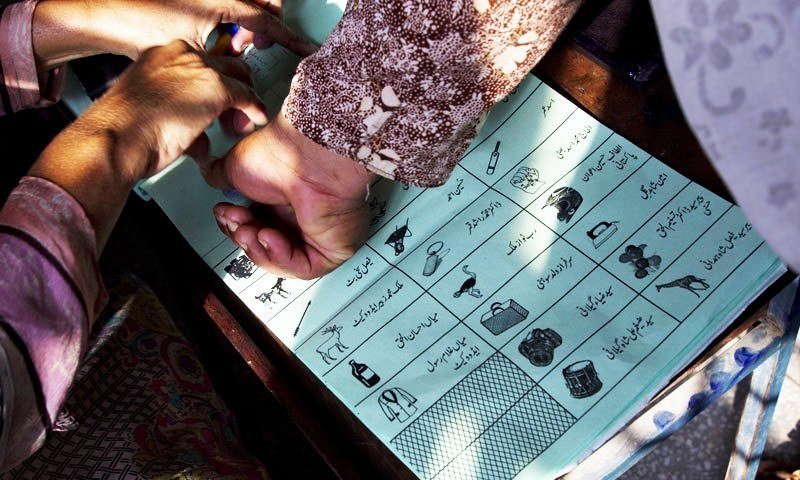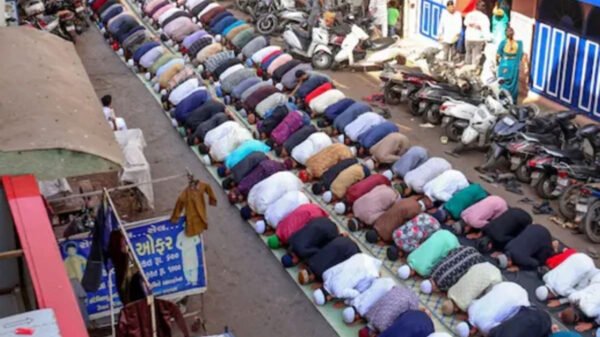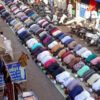Pakistan’s Voter Count
ISLAMABAD: The number of registered voters in Pakistan has increased to 133.41 million this year, up from 132.67 million, reflecting an addition of over 747,000 voters, according to the latest data released by the Election Commission of Pakistan (ECP).
This growth highlights the expanding electoral base in the country. However, despite the overall rise in voter registration, a persistent gender gap remains evident, with male voters continuing to outnumber female voters nationwide.
According to the ECP’s data, out of the total registered voters in Pakistan, 71.65 million are male, making up 53.71% of the electorate, while 61.76 million are female, accounting for 46.29%. This disparity is reflected across various regions, showing a consistent trend of fewer registered female voters compared to male voters.
Islamabad, the capital, has 1.18 million registered voters, with 619,573 males (52.34%) and 564,088 females (47.66%). In Balochistan, the total number of voters stands at 5.56 million, of which 3.1 million (56.01%) are male, and 2.4 million (43.99%) are female.
Khyber Pakhtunkhwa has a total of 22.67 million voters, with 12.33 million males (54.38%) and 13.45 million females (45.62%). Punjab, which has the largest voter base in the country, comprises 76.01 million registered voters, including 44.67 million males (53.24%) and 35.54 million females (46.76%). Sindh has 27.98 million voters, with 15.11 million males (54.03%) and 12.86 million females (45.97%).
A breakdown of district-wise voter numbers also highlights this gender imbalance. In Quetta, there are 886,841 registered voters, with male voters making up 56.96% (505,176) and female voters 43.04% (381,665). Peshawar has a total of 2.17 million voters, with 1.19 million males (55.09%) and 975,552 females (44.91%).
In Karachi, summing up the total from the city’s key districts (Central, East, South, and West), there are 6.28 million registered voters. Male voters in Karachi total 2.69 million, while female voters number 2.88 million.
Lahore, one of Pakistan’s most populous cities, has 7.23 million voters, with male voters at 3.80 million (52.58%) and female voters at 3.43 million (47.42%).
Faisalabad follows with 5.50 million total voters, comprising 2.94 million males (53.44%) and 2.56 million females (46.56%). Rawalpindi has 3.44 million registered voters, with 1.76 million males (51.33%) and 1.67 million females (48.67%).
Collectively, these six major cities have a total voter population of approximately 25.51 million. Of these, 12.90 million are male voters, while 11.90 million are female voters, further illustrating the ongoing gender gap in voter registration.
Despite the increasing number of voters, the gender disparity continues to be a major concern. Efforts are needed to bridge this gap by encouraging more female voter registrations, ensuring equal participation in the electoral process, and addressing barriers that prevent women from registering and voting in elections.










